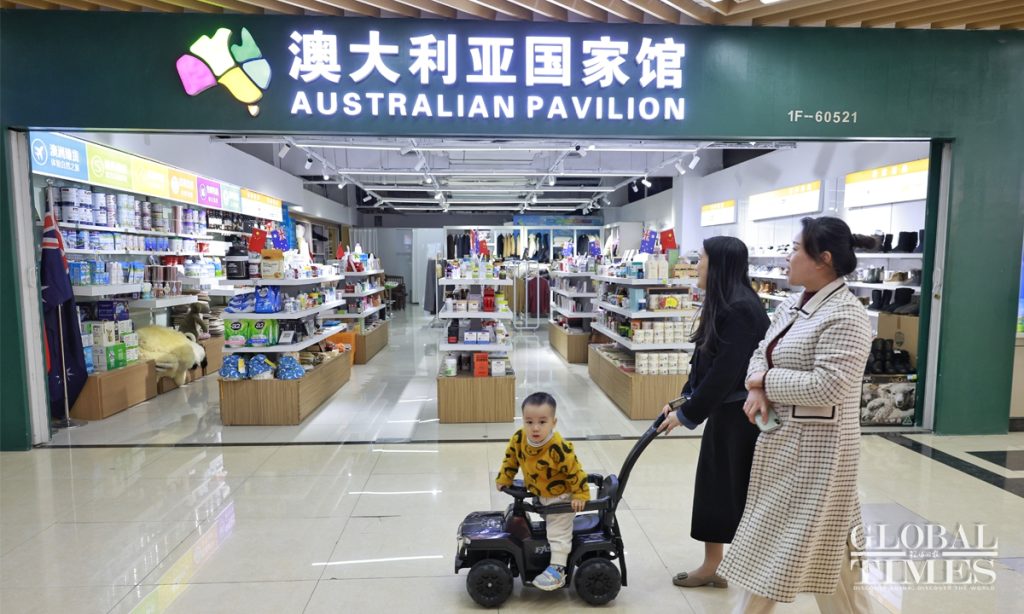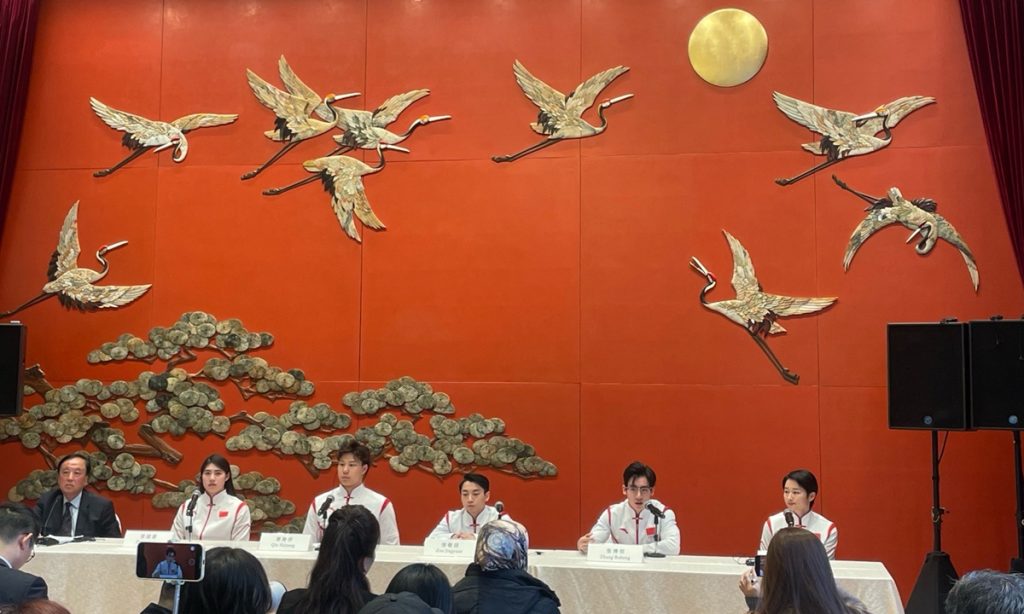Rescue work concludes as earthquake kills 131 and injures 1,000 in NW China; Resettlement and treatment underway amid secondary disasters

The devastating Jishishan earthquake that rattled Northwest China overnight has led to a total of 131 fatalities, including 113 in Gansu Province and 18 in Qinghai Province. Nearly 1,000 people are reported injured, while 16 remain missing. Rescue work is drawing to an end, and the focus next will be the treatment of the injured and the resettlement of affected populations, authorities said at a press conference on Wednesday.
At present, more than 87,000 people have been temporarily evacuated and resettled in safe places, Gansu officials said at the press conference, revealing that nearly 15,000 houses collapsed and 207,000 more were damaged after the quake, affecting 145,736 people.
According to the latest data, a total of 78 trapped individuals have been rescued, with 6,653 people evacuated as of 6:00 am on Wednesday. Additionally, 360 tents have been set up, 683 hazardous areas have been cleared, and 47 tons of relief supplies have arrived at the disaster-stricken sites.
After 10 hours of nonstop efforts, all damaged roads and highways leading to the disaster area, especially toward the epicenter, have been cleared and reopened, including all 24 severely damaged rural roads, so that relief and supply vehicles were able to access impacted communities, the Gansu transport bureau said at the press conference.
All routes within the Lanzhou Railway Bureau, which had been delayed significantly due to impacts of the earthquake, have also resumed normal operations on Wednesday morning.
The damaged main power grid circuits in the earthquake-stricken area of Gansu and Qinghai have also been fully restored as of Tuesday evening, according to the State Grid Gansu Electric Power Company.
A total of 423 aftershocks have been recorded over the one and a half days since the initial impact, including 10 aftershocks measuring 3.0 magnitude or higher.
The strong earthquake triggered various secondary disasters. In Minhe county, Qinghai, which borders the epicenter Jishishan county, two villages experienced moving sand shortly after the earthquake. A significant number of houses were buried and washed away by mudslides, resulting in 20 individuals going missing. Following the incident, the Qinghai Provincial Fire Rescue Team swiftly organized overnight rescue operations.
The houses of 36 families, totaling 177 villagers, were destroyed by rushing sand in Jintian village, and 13 individuals are still missing. A firefighter on-site told the Global Times that after overnight search and rescue efforts, as of Wednesday morning, the bodies of four deceased have been discovered.
“The entire area is now covered with a thick layer of wet, thick and adhesive sludge. Rescue personnel told us that it’s so heavy and dense that it cannot be dug manually and requires heavy machinery for removal,” reporters from China Central Television said in a video shot from an impacted village.
Three excavators, brought in urgently, have been operating continuously, the CCTV report showed. “Shortly after the earthquake, waves of thick slurry, rising up to three meters high, surged and inundated the villages,” the reporter said in the video.



